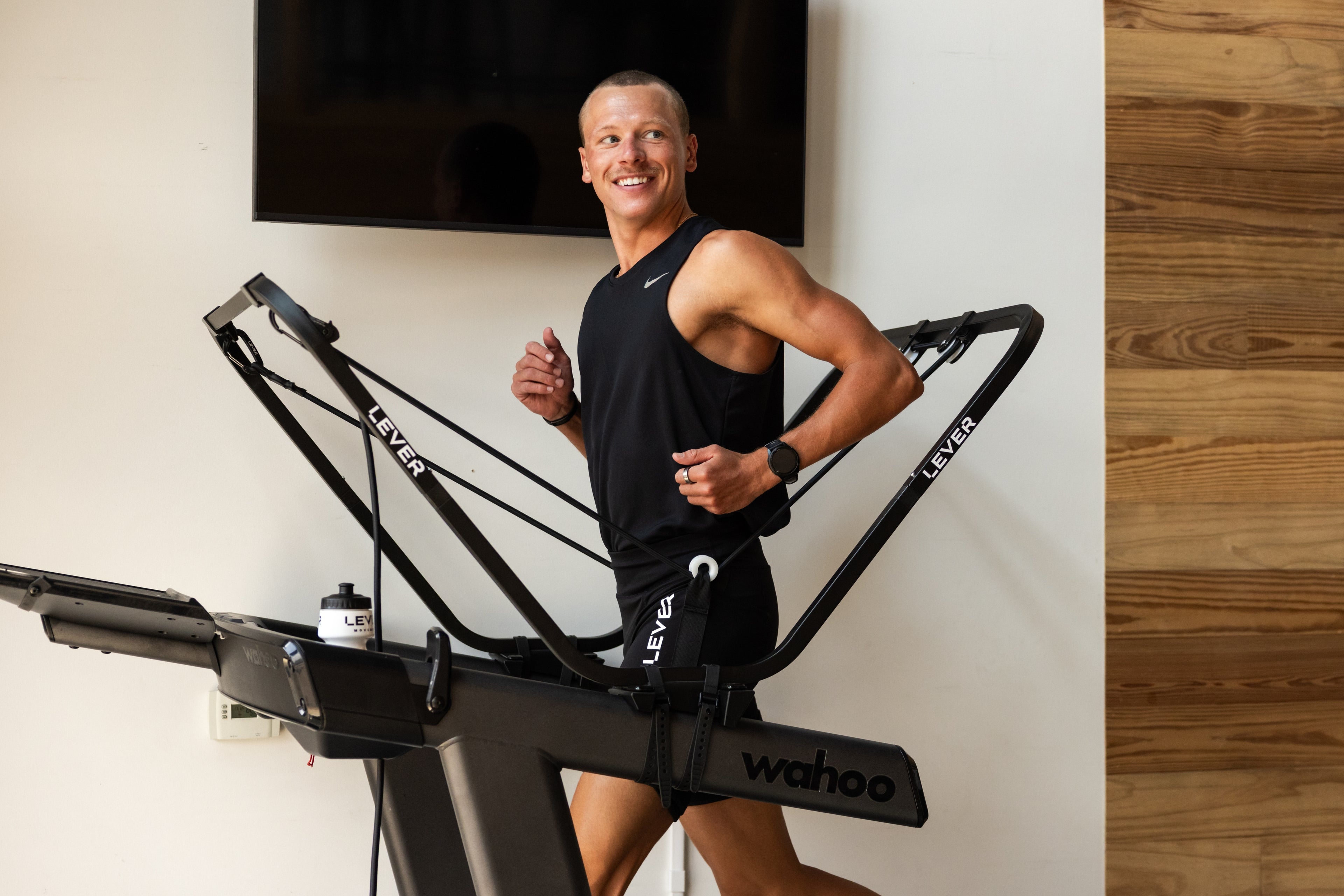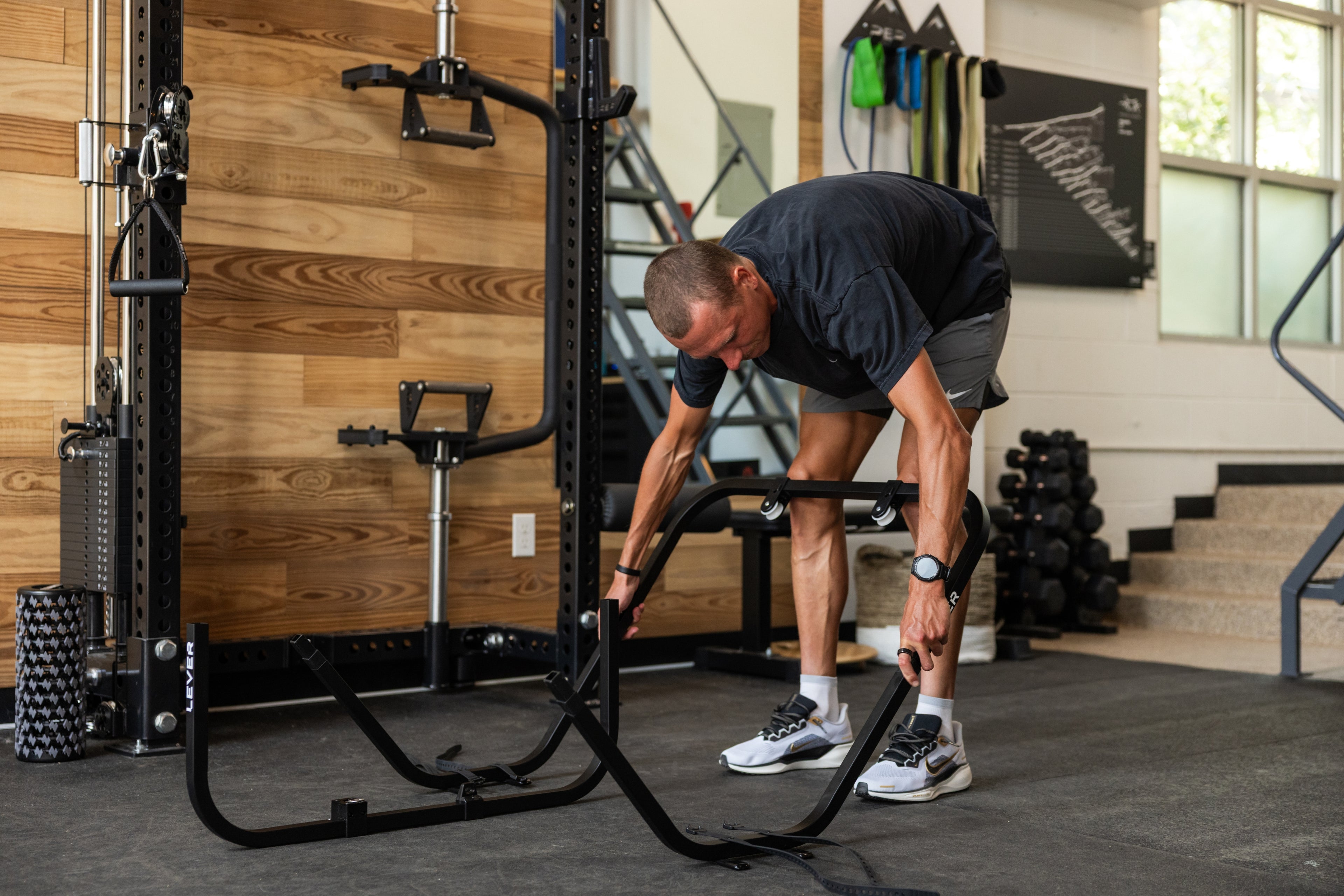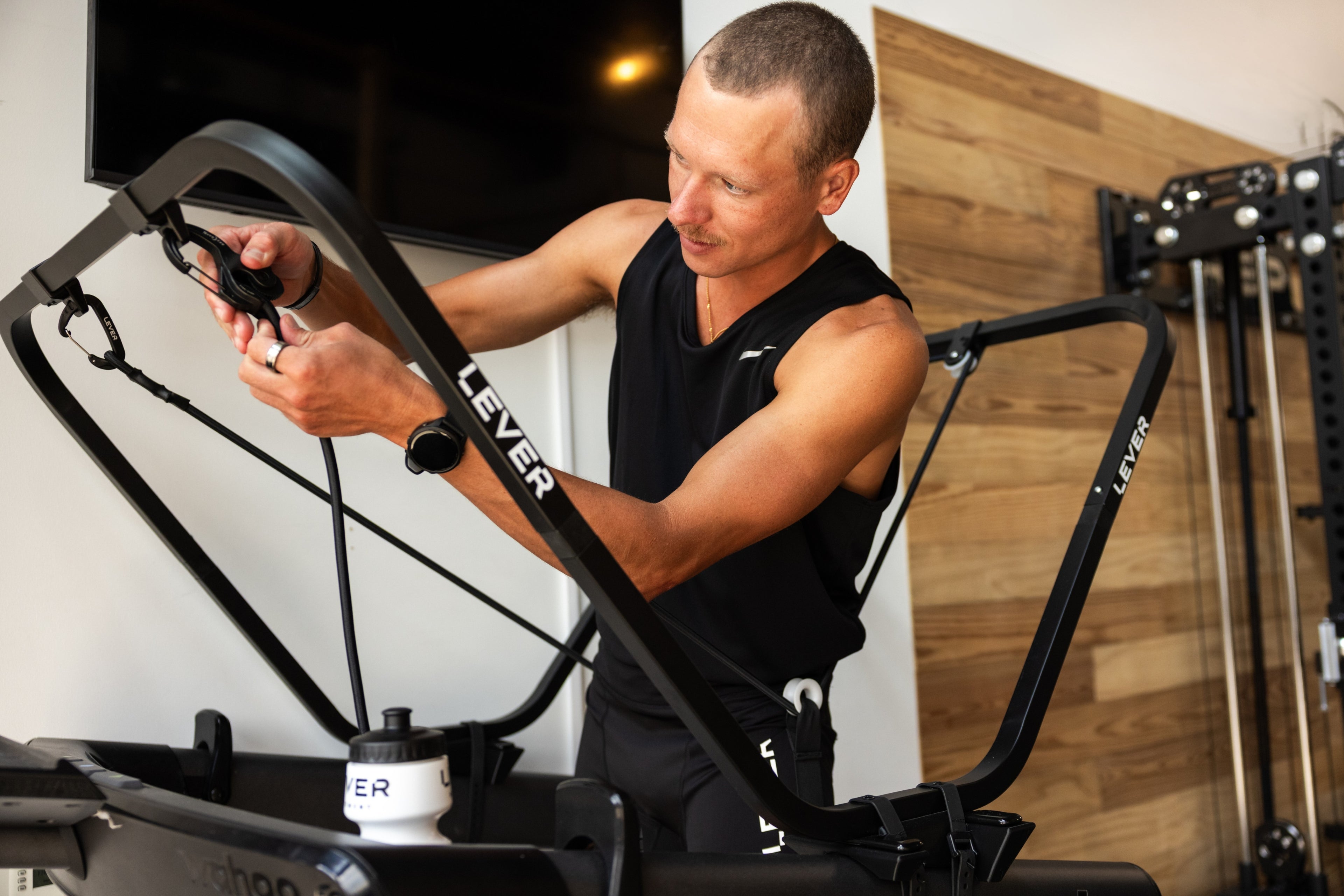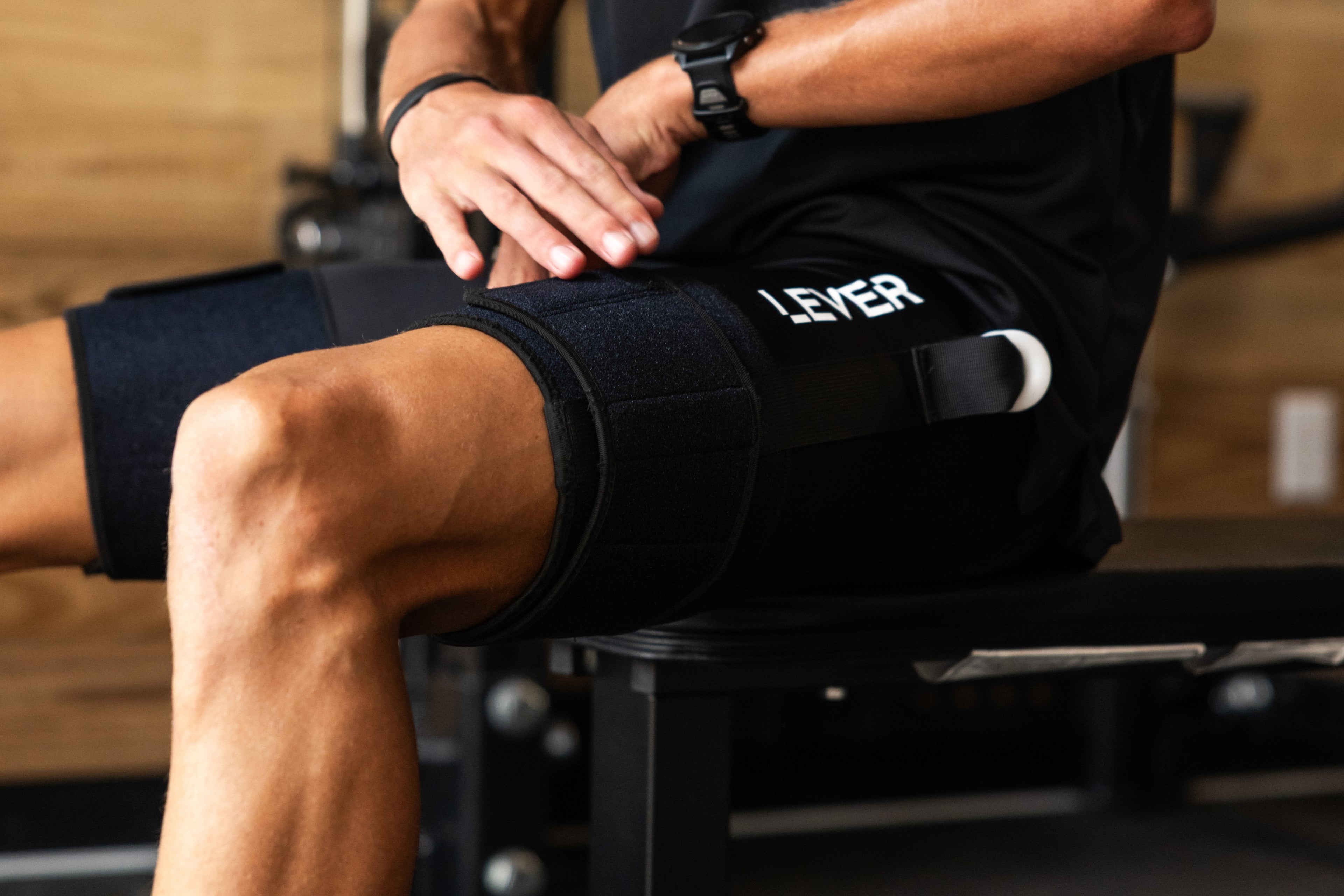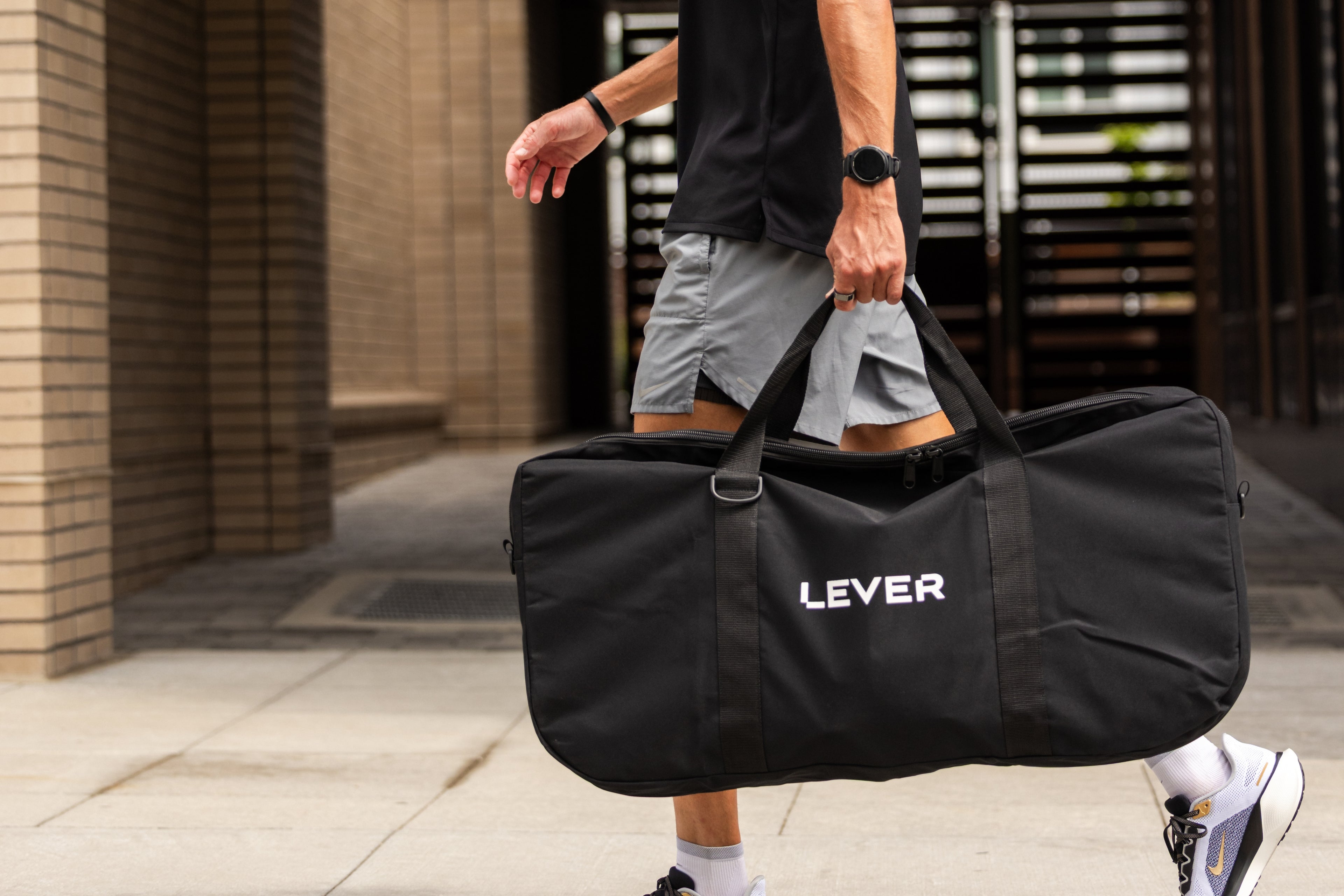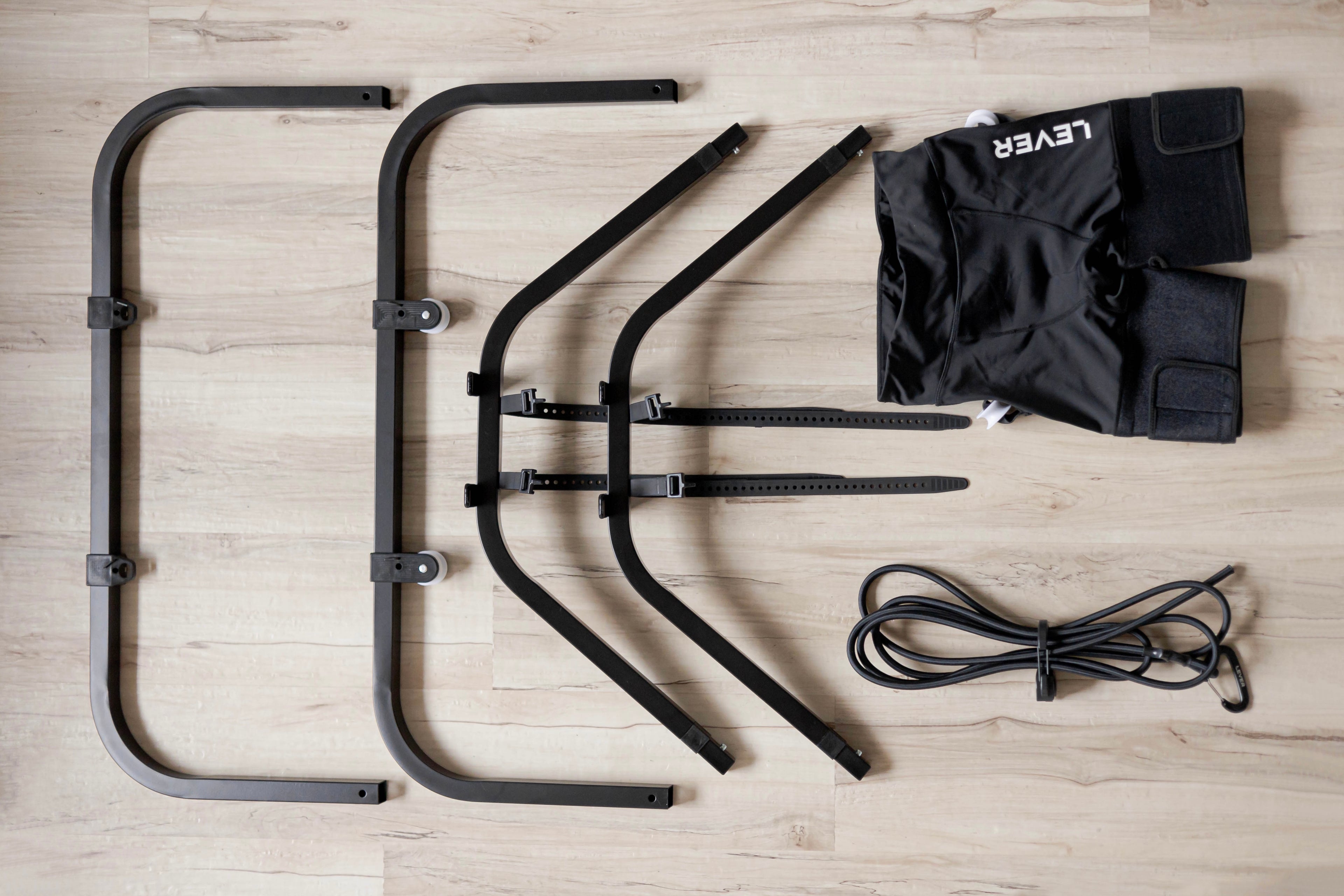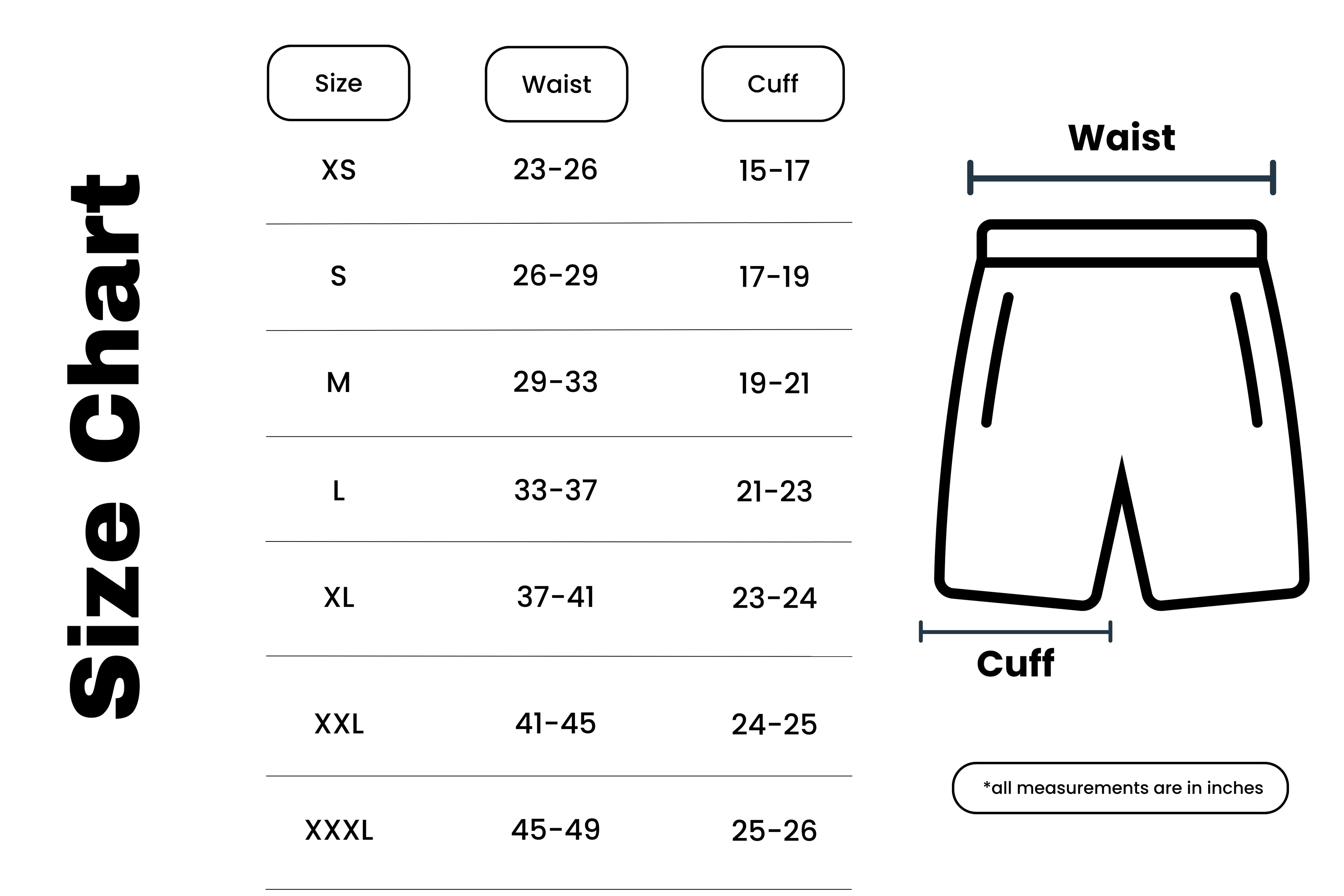Running hurts when injuries set in. But what if you could run through recovery regaining fitness, strength, and confidence while avoiding re‑injury? LEVER’s body‑weight support method makes that possible. Here’s the scientific case for why LEVER works, especially for injury recovery, injury prevention, and long‑term running health.
What is LEVER’s Body‑Weight Support System?
The LEVER system reduces the effective weight your legs have to bear while you run, via controlled support (often via harnesses or elastic assist). It allows you to run with a percentage of your body weight off‑loaded. This means less stress on joints, tendons, bones, and connective tissue while maintaining much of running’s movement mechanics and cardio stimulus.
1. The Science of Injury & Overload: What We're Fighting
To appreciate how LEVER helps, it helps to understand what injuries are and how they occur in running:
-
High impact / ground reaction forces (GRFs): With every foot strike, forces are transmitted up through the foot, ankle, knee, hip, spine. Running GRFs can reach 2‑3× body weight.
-
Overuse & cumulative loading: Repeated stresses without enough rest cause microtrauma that can become tendinopathy, stress fractures, inflammation.
-
Poor biomechanics or compensation: Weakness, asymmetries, fatigue cause inefficient movement, increasing stress on certain structures.
-
Sudden increases in volume, intensity, or return to full weight too fast often trigger injury.
2. How Body‑Weight Support Helps With Recovery: What Studies Show
LEVER works in recovery because body‐weight support (BWS) mitigates several injury drivers, while still allowing beneficial movement and training. Key points from scientific studies:
-
Reduced impact / load on injured structures: Studies (including anti‑gravity treadmill work) show that partial support dramatically lowers peak and average ground reaction forces. That means less shock through joints and injured tissues.
-
Maintained or similar muscle activation patterns: While reducing weight decreases absolute load on muscles, many studies find that the sequence and pattern of muscle activation remain similar, meaning you preserve neuromuscular coordination.
-
Earlier return to movement with safety: Because the system allows early mobilization without full weight bearing, people can begin aerobic work while still protecting the injured area. This can reduce muscle atrophy, preserve fitness, and support circulation and healing.
-
Faster transition back to full weight bearing / ground running: For example, some case studies with systems like AlterG (which shares principles with LEVER) show that runners recovering from Achilles injury or surgery progressed from ~50‑70% body weight to ~80‑90% over a period of weeks, then to full weight running more efficiently than if they tried full weight too early.

3. How LEVER Helps You Stay Healthy & Prevent Re‑Injury
Damage isn’t just about acute injuries it’s about wear, compensation, fatigue. LEVER can help maintain health in several ways:
-
Reduced cumulative load during regular training: Using BWS for some sessions (especially recovery runs) can reduce wear and tear.
-
Better form, less compensation: Lower load lets you focus on stride, posture, cadence, symmetry. Less pain = less compensatory movement (which often leads to secondary injuries).
-
Allowing volume or intensity increases more safely: When you want to ramp up but fear overload, BWS sessions act as a bridge or buffer.
-
Faster recovery between hard sessions: Less trauma per session means less soreness, better recovery, less downtime.
4. Research & Evidence: What the Literature Tells Us
Let’s look at some of the scientific evidence underpinning these claims:
-
A 2022 review of anti‑gravity treadmills (partial BWS) found significant benefits: early mobilization, similar motion stimuli to ground running, but with lower harmful impact forces.
-
The Pogophysio write‑up on running injury rehab with body weight support (including LEVER‑like systems) highlights that starting at roughly 50% body weight support, then progressively increasing weight over weeks (e.g. 10% more per week), is a successful model for many injuries (Achilles, bone stress, etc.). POGO Physio Gold Coast
-
Research on incline plus body‑weight support shows that even with incline (which increases load eccentrically on calf muscles etc.), BWS allows progression without overload, reducing perceived exertion and achieving beneficial muscle stimulus. MDPI

5. Practical Guidelines: How to Use LEVER Smartly in Recovery & Health
To make science work for you, here are practical steps: how to begin, how to progress, and cautions.
| Phase | What to Do | Weight Support / Load | Duration / Frequency | Key Focus |
|---|---|---|---|---|
| Early Recovery | Begin with LEVER at a conservative % body weight off (e.g. 50‑60%) | Offload enough so that pain is minimal during/after session | Short sessions: maybe 10‑15 minutes, 3‑4× per week | Focus on quality: proper foot strike, cadence, posture |
| Progressive Loading | Gradually reduce body‑weight support, increase running time | Increase toward 80‑90% load over several weeks, depending on injury | Gradually lengthen sessions; maybe add one harder or faster interval if tolerated | Monitor for pain/soreness; adjust based on feedback |
| Full Return to Overground Running | Once LEVER + high load running feel good, transfer to ground/overground running | Full weight or near full, but maybe mix LEVER days + overground days | Build up slowly over 1‑2 weeks or more, depending on injury severity | Maintain strength, mobility, flexibility work; gait retraining if needed |
| Maintenance & Injury Prevention | Use LEVER sessions periodically (e.g. recovery runs, technique work) even when healthy | Use support as needed when fatigue or minor aches appear | Integrate into training plan; don’t over rely | Use LEVER to preserve fitness while giving body a break from full impact |
Cautions & Tips:
-
Always listen to your body: some discomfort may be normal, but pain that worsens or persists suggests too much load.
-
Work with physical therapists or qualified professionals for serious injuries.
-
Be mindful that biomechanics change with weight‑support: stride, cadence, contact time, etc. It’s useful to monitor form, possibly with video or feedback.
-
Don’t skip strength, mobility, and cross‑training work LEVER is a tool, not the entire program.
LEVER isn’t magic, but it's a powerful tool grounded in science. By reducing harmful forces, maintaining movement and fitness, allowing controlled progression, and giving you feedback and safety, it helps runners recover more efficiently and stay healthy in the long run.
If you’re dealing with an injury, LEVER gives you a bridge not a roadblock back to running. And even if you’re healthy, it helps you run smarter, longer, with fewer setbacks.
FAQs
Q: Is LEVER suitable for all types of running injuries?
A: Many running‑related injuries benefit tendinopathies (Achilles, patellar), stress fractures, joint pain, etc. But it depends on severity and what your medical provider recommends.
Q: How much weight reduction is safe or effective?
A: Typically, starting at 50‑60% load (i.e. 40‑50% offload) is common, progressing toward 80‑90% load over weeks as tolerated. Exact numbers vary by injury, pain, and response. POGO Physio Gold Coast
Q: Will reducing weight reduce fitness gains?
A: Some metabolic cost is lowered when weight is supported, but you can still maintain cardiovascular fitness, neuromuscular coordination, and gradually build back to full load. The key is thoughtful progression.
Q: Can LEVER replace other rehab methods?
A: No. LEVER is complementary. Strength work, mobility, flexibility, cross‑training, and proper rest remain essential pieces of the recovery puzzle.
Q: How long until I can run at full weight again?
A: Depends heavily on injury type, your baseline, how conservative or aggressive you are. Possibly several weeks (4‑8 or more) for many soft tissue injuries; maybe longer for more serious ones.











